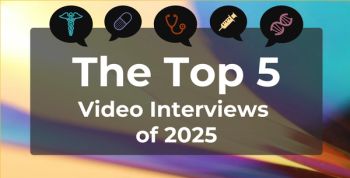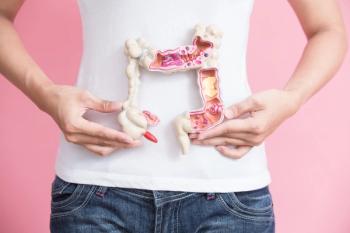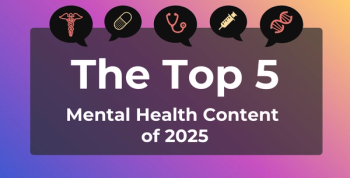
Social Network Competition, Not Support, Motivates More Frequent Exercise
A study on exercise class attendance found that participants in competitive social network groups went to more classes than those in supportive social networks. The findings also suggest that individual incentives are equally effective as team-based ones for motivating people to exercise.
A study on exercise class attendance found that participants in competitive social network groups went to more classes than those in supportive social networks. The findings also suggest that individual incentives are equally effective as team-based ones for motivating people to exercise.
The “social comparison” arm of the study formed social network groups with 6 members each, allowing participants to compare themselves with the others in their team via competitive rankings based on attendance. It also rewarded the top 10% of highest-attending participants with $20 gift cards. The “social support” division allowed the 6-person teams to support and encourage one another through a chat tool. The rewards were based on the teams’ collective attendance levels, with every member in the top 10% of teams receiving a $20 gift card.
The “combined” group allowed for the same team-based incentives as the social support condition, but it also allowed participants to compare their team’s attendance statistics against those of 5 other teams. In all 3 of these socially-connected conditions, participants could see their team members’ attendance records and received real-time online notifications whenever a team member attended a class.
Members of the social comparison and combined groups had significantly higher mean attendance rates than the control group, and the social support group actually had lower attendance than the control. On average, social comparison increased attendance by 82%, equivalent to 0.97 classes per study participant. The mean class attendances per week were 38.5, 35.7, 20.3, and 16.8 for the combined, social comparison, control, and social support conditions, respectively.
The comparison and combined groups had an average of 5.1 and 5.5 people attend classes per day, compared to an average of 2.9 attendances per day in the control group and just 2.4 per day in the social support condition.
The close results in the comparison and combined groups, which both featured competitive rankings but differed by whether incentives were team-based or individual, indicated that the type of incentive did not determine the frequency of exercise. Instead, competition was the major factor in predicting class attendance.
“Exposing individuals to relevant reference points, whether those reference points were other individuals or other teams, increased responsiveness to the physical activity of their peers. As a result, attendance at exercise classes was greatest in conditions where individuals and teams were motivated to exercise through competitive social relationships,” the authors wrote.
In particular, the findings from the combined condition “suggest that the introduction of a minimal competitive reference point into an otherwise support-based environment can change ineffective health networks into highly motivating social resources.”
The study authors also suggested that social comparison may motivate patients in activities other than physical exercise, such as medication compliance, smoking cessation, or weight loss.
Newsletter
Stay ahead of policy, cost, and value—subscribe to AJMC for expert insights at the intersection of clinical care and health economics.







































